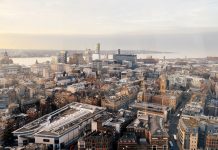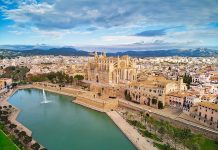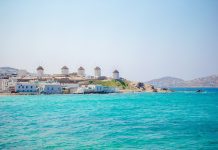1. Montréal is not the capital city of the Quebec Province, but it is the largest
For people who might not have visited Canada or Quebec before, searching online doesn’t give you a simple answer, so I will go ahead and get it out of the way for you immediately. The capital city of Quebec is Quebec City, but Montréal is the largest city in the Province of Quebec, so be careful not to mix them up!
Montréal is also vastly different from Quebec City, in that it is more of a cosmopolitan area and the culture is more mixed. It is a city of bilingual and multilingual people, with over 59% of the population speaking both English and French. However, at the same time, it is also the second-largest primarily French-speaking city in the world, after Paris. Moreover, you will also find many restaurants offering various kinds of cuisine, local and foreign, like Indonesian, Indian, Thai, Portuguese cuisine and more.
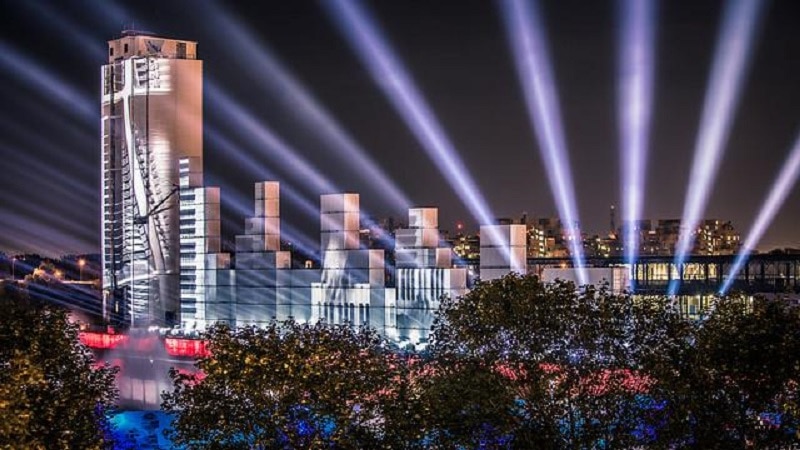
On the other hand, Quebec City is an untouched historic meraviglia. With its Cobblestone streets, old buildings, outdoor cafes, and great views of the St. Lawrence River, Quebec City is something straight out of a postcard! It comes as no surprise that this charming, authentic city is often referred to as the European City in the North.
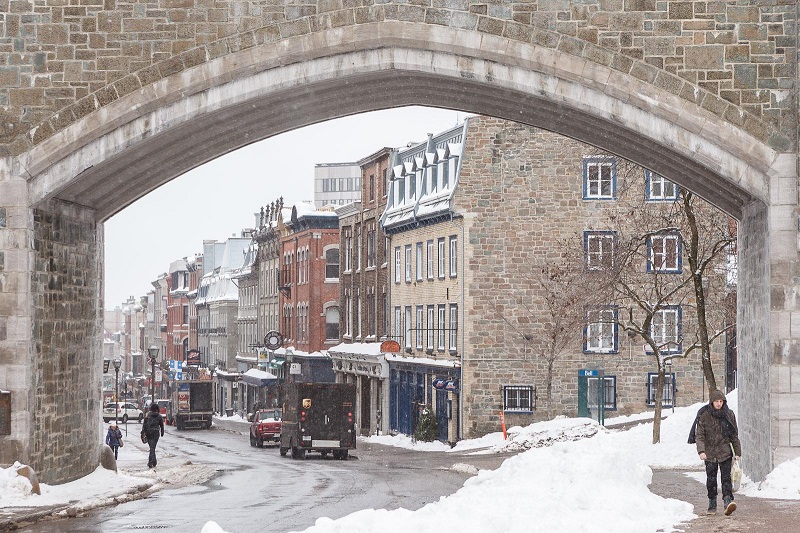
Walking down the streets of Quebec City is quite a different experience from Montreal. It almost feels like wandering through the streets of Edinburgh in Scotland. There are various architectural styles that showcase the different periods in which they were built. In particular, the city is known for its religious buildings, most notably, the Notre-Dame Basilica.
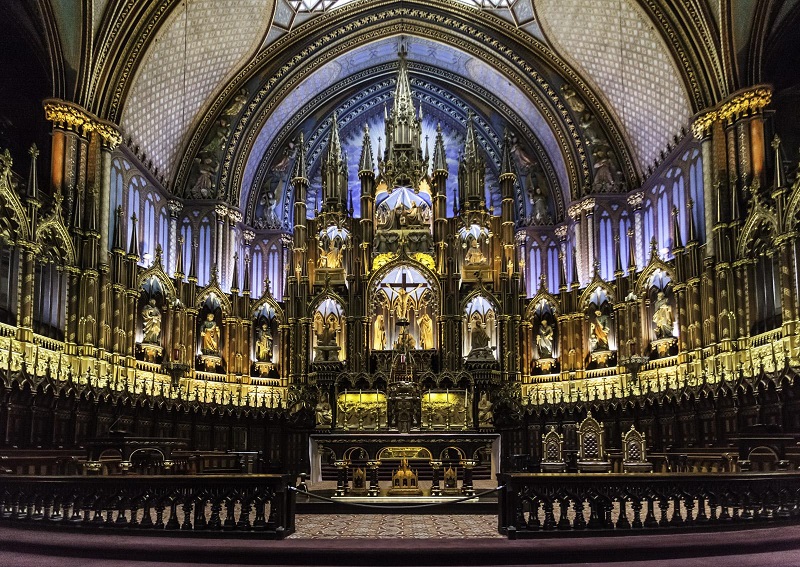
2. Montréal is an island
Cannot believe it? Have a good look at the map and you’ll see that Montréal is at the junction of two rivers; the St. Lawrence River and the Ottawa River. Amazing, isn’t it? And don’t worry, you don’t need to take a boat or a gondola to cross over to the city. There are around fifteen bridges and a huge tunnel that link the island to the mainland.
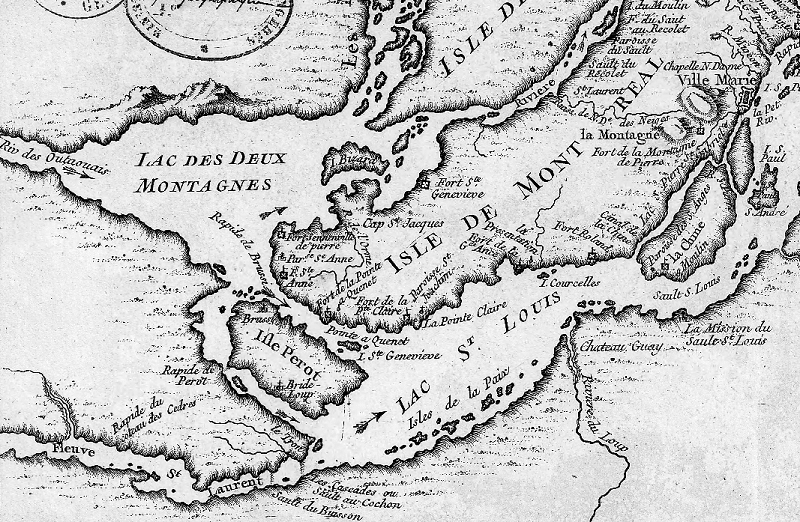
3. Montréal is home to one of the most luxurious land casino in the world
Casino Montréal is the be the largest casino in all of Canada and one of the largest casinos in the world and it is truly a sight to behold. The architectural design is truly fascinating. The building literally looks like it is fragmented, and standing over the St. Lawrence lake, at night it becomes even more enchanting with the lights turned on.
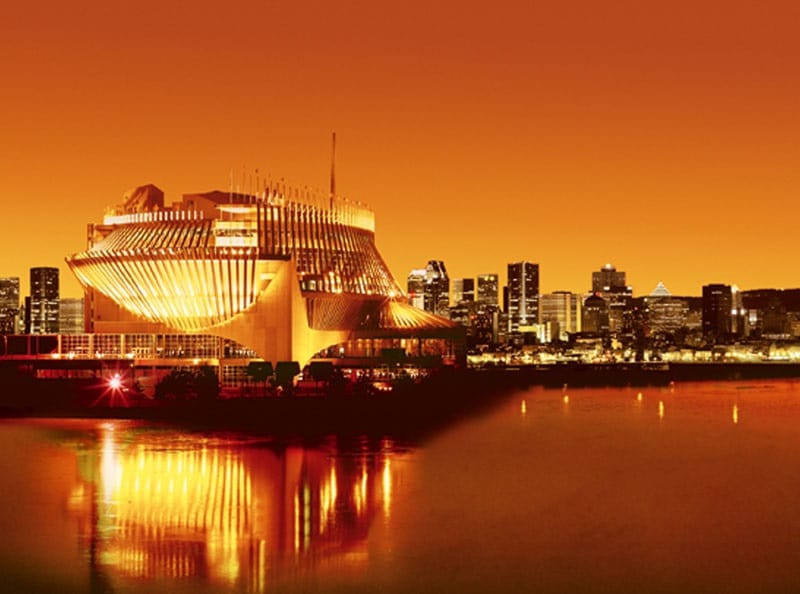
But the good news doesn’t end there. Stepping inside this huge casino is an experience that certainly doesn’t disappoint. According to a Canadian casino review site, Casino Montréal has over 5 floors and 100 gaming tables where you can play various card games like Grand Baccarat, Midi Blackjack Switch, craps, Caribbean Stud Poker, Wheel of Fortune and American and English roulette, Sic Bo, Spanish 21 and Ultimate Texas Hold ’em poker. Moreover, apart from gaming tables, it also has over 3,000 slot machines to choose from.
And if you get a bit peckish after all those winnings, just head over to one of the gourmet casinos attached to it to enjoy some of the highest quality of food you’ve ever tasted.
4. No building in Montréal can be higher than the Mount Royal Cross
Ok, let’s backtrack a little bit here and talk about what the Mount Royal Cross is. In fact, let’s go all the way back to the early 1500s when the mountain got its esteemed title.
On October 3rd, 1535, Jacques Cartier, the Breton explorer, and navigator who had claimed the islands that are now considered Canada for France, climbed to the top of the mountain, led by the indigenous villagers of Hochelaga, and named it Mont Royal.
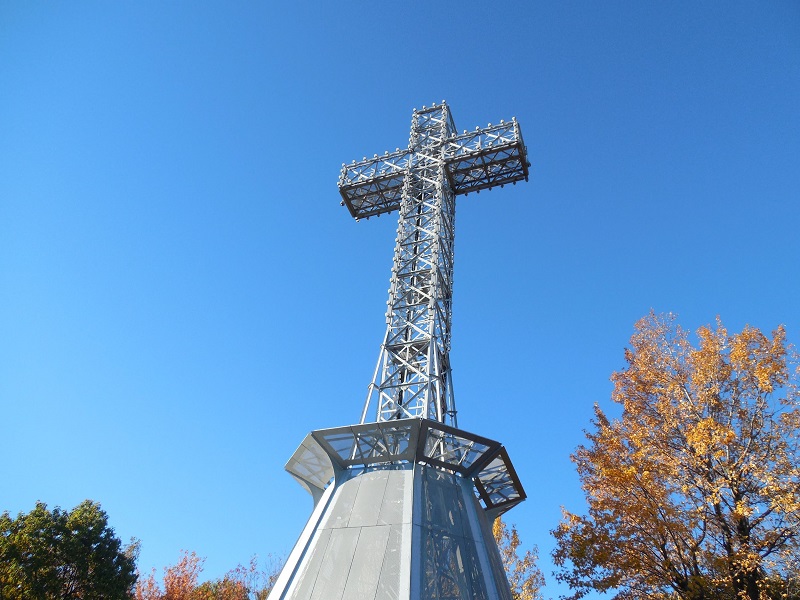
It is not exactly clear why he chose to give it such a name, but the guesses are that he either wanted to honour his king or that he was truly awestruck by the impressive and astounding views and woodland. It is also believed that Montréal was later named after this 764 foot-long mountain in the heart of the city, replacing its former name Ville-Marie.
But the story behind the cross is a very precious one. A century later, in late 1642, the people of Ville-Marie were threatened by a torrential downpour and feared a flood as consequence to the rising waters of the St. Laurence river. Military officer Paul de Chomedey, Sieur de Maisonneuve, prayed to the Virgin Mary to spare the village from a flood and promised her a cross on the mountain in return.
As the story would have it, the village was saved, and so at the break of the new year, Paul de Chomedey carried a wooden cross on his back and raised it on top of the mountain. However, the current cross is not the same one, as a new cross was erected in 1924 by the Société St-Jean Baptiste to commemorate the old one, complete with a lighting system.
Today, nobody is allowed anywhere near the cross, so much so that there are cameras and motion detectors installed to catch anyone climbing it. Furthermore, all buildings in Montréal cannot exceed the height of the cross.
5. The four symbols on the Montréal flag represents its four different settlers
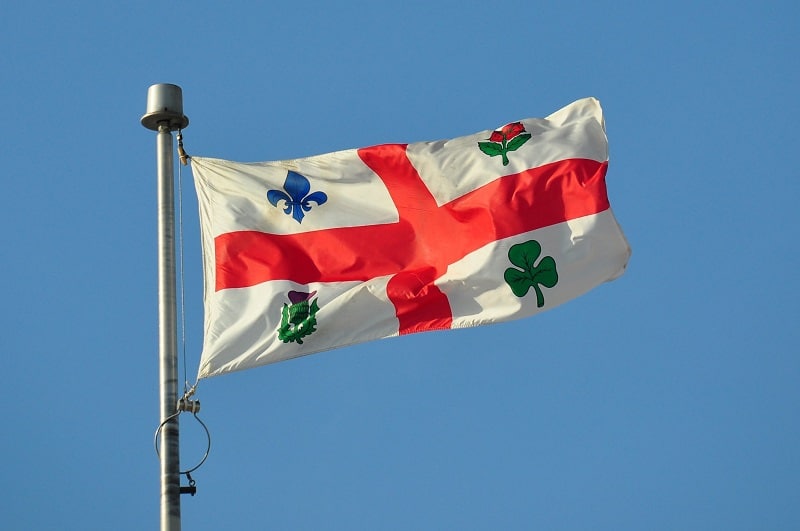
Funnily enough, a lot of Montrealers themselves don’t exactly know the meaning behind the city’s flag, and what the symbols on the flag really mean. But the answer is pretty straightforward. Each of the symbols represents Montréal settlers. So, moving vertically, this is what the symbols represent:
- The Fleur de Lys symbol alludes to the French settlers and the first Europeans to have claimed the island;
- The Thistle represents the Scottish settlers;
- The Shamrock represents Irish settlers;
- The Rose of Lancaster represents English settlers;
- And the red cross in the middle represents the Christian principles that governed the city’s foundation



